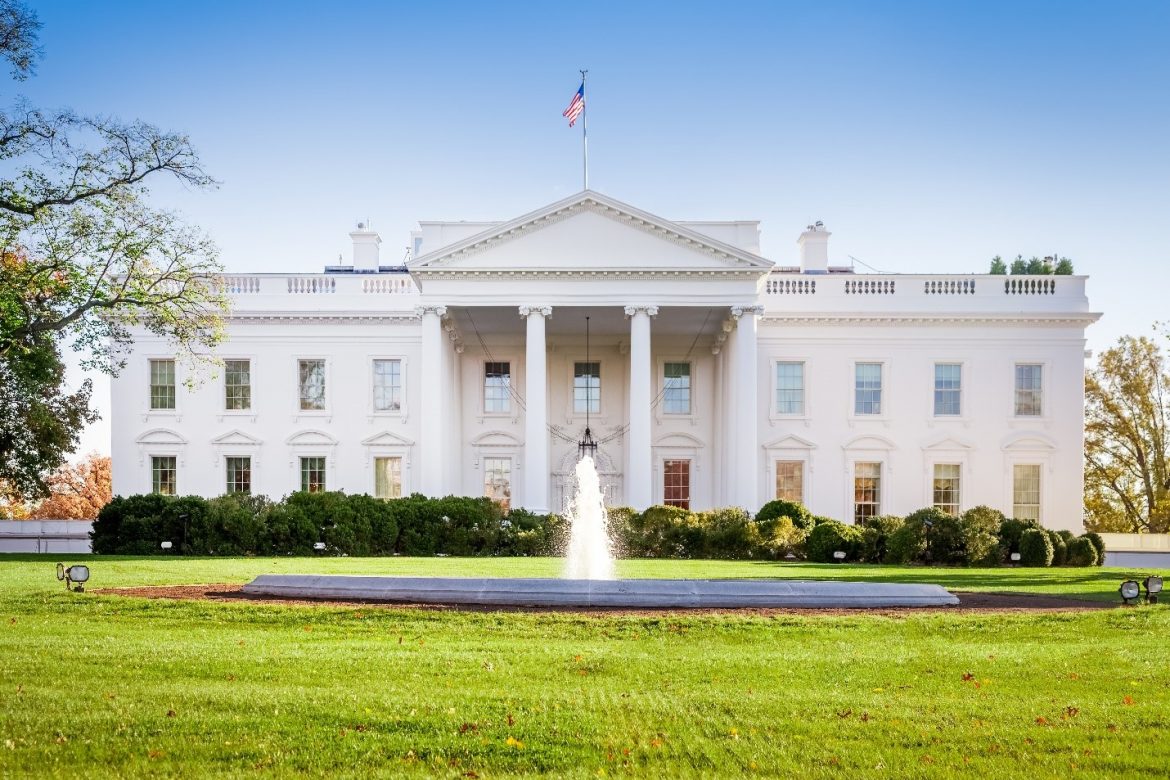It is possible that, in a connect-the-dots sort of way, the coronavirus might beat the president.
Hear me out. Presidents tend to lose reelection when their first term ends in recession…
It happened to George Bush (41). It happened to Jimmy Carter. It happened to Herbert Hoover. (Though Hoover didn’t just lose in a recession – he lost in the middle of the Great Depression.)
But should the coronavirus damage markets further… could it happen to President Trump?
Indicators I’ve been following have been pointing to a recession – thus suggesting that reelection may be a pipe dream – for some time.
Clue No. 1: The Inverted Yield Curve
The inversion of the yield curve – when short-term yields began outpacing long-term ones – was the first point. This came about a little more than a year ago. Many economists argue that 85% of the time, an inverted yield curve predicts a recession 18 to 24 months out.
This is because during an inverted yield curve, investors are buying lots of long-term bonds. All of those purchases cause the prices of those bonds to rise (and their yields to fall), perpetuating the inversion.
These investors think that because the economy is going to slow dramatically, rates will drop, and the long-term bonds that they just bought will add a big tailwind to their performance.
Sometimes, this works. But like any data point, an inverted yield curve should be closely observed – but not acted upon independently of other data.
Clue No. 2: The Purchasing Managers’ Index
Last Friday we saw the release of the Purchasing Managers’ Index (PMI), an indicator for manufacturing and service.
When this number comes in above 50%, the economy is generally believed to be in expansion, and when it is below 50%, the economy is believed to be in contraction.
The number Friday was below 50% for the first time since the Great Recession in 2008 (with the exception of a brief case during the government shutdown in October 2013). The contractionary reading has been blamed primarily on the market’s response to the coronavirus.
In and of itself, this would demand more data – but we’ve already got the inverted yield curve as a starting point. Now the PMI lends credibility to the inverted yield curve.
Clue No. 3: GDP and the Fed
A recession is defined as two consecutive quarters of negative gross domestic product (GDP) growth.
Most economists don’t think first quarter 2020 GDP results in April will be negative, but with this dramatic turn in PMI coupled with an inverted yield curve (presently inverted in spots, though not inverted in the all-important two-year vs. 10-year category), it seems anything is possible.
If first and second quarter GDP is negative, then voilà – we have a recession. The Democratic nominee would have from July to Election Day to crow about that, and President Trump could lose the race.
The wild card in all this is the Federal Reserve. It would prefer to do nothing with rates this year, but will it stand idly by while the coronavirus pushes the economy into recession? I think not…
Fed funds futures – which often predict the direction of interest rates – agree, projecting that we’ll see two cuts from the Fed this year, with the chance of a third.
A Hypothetical Disaster, but Real Red Flags
Is this whole crazy scenario – the inverted yield curve, low PMI and negative GDP growth leading to a recession that ousts President Trump – going to happen? Probably not.
Even though we will more than likely see a slow growth number in April for first quarter GDP, it probably won’t be negative.
This means that the second quarter GDP number released in July and the third quarter GDP number reported in October would both need to be negative for a recession to be declared.
Even more critically, that release date for third quarter GDP is October 29, 2020, a Thursday. Election Day is five days later, on November 3.
That leaves only five days for the Democratic nominee to crow about a recession if one actually happens… but by then, the people will probably already have made up their minds.
These data points aren’t certainties, but they do reveal critical weaknesses in the markets. And even if they don’t point to a recession, they go a long way toward explaining and anticipating events like this week’s sell-off.
All the more reason to keep an eye on GDP numbers in April…
Good investing,
Rob
